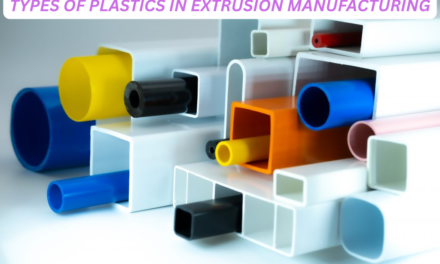Challenges in the Acrylic Manufacturing Industry
Acrylics, particularly polymethyl methacrylate (PMMA), are widely used in industries like automotive, construction, and consumer goods. However, manufacturers face several challenges that impact sustainability, cost, and production efficiency. Here are the key challenges in the acrylic manufacturing industry:
1. High Dependency on Petrochemicals
Issue:
- Acrylic production relies heavily on fossil fuels, particularly petroleum-based feedstocks like methyl methacrylate (MMA).
- Fluctuations in crude oil prices impact raw material costs and profitability.
Potential Solution:
- Development of bio-based acrylics from renewable sources like plant-derived sugars or glycerol.
- Companies such as Arkema and Mitsubishi Chemical are investing in bio-based MMA production.
2. Environmental Concerns and Sustainability Pressures
Issue:
- Traditional acrylic production emits greenhouse gases and generates toxic byproducts.
- Acrylic waste is non-biodegradable, contributing to plastic pollution.
Potential Solution:
- Adoption of green chemistry principles such as solvent-free polymerization.
- Increased focus on recycling technologies like depolymerization for closed-loop production.
3. High Energy Consumption in Manufacturing
Issue:
- Acrylic synthesis and polymerization require high temperatures and energy-intensive processes.
- Rising energy costs impact production efficiency and profitability.
Potential Solution:
- Process optimizations such as microwave-assisted polymerization to reduce energy consumption.
- Implementation of energy-efficient catalysts and green solvents.
4. Recycling and Waste Management Challenges
Issue:
- Mechanical recycling of acrylics often degrades optical clarity and mechanical properties.
- Chemical recycling technologies, though promising, are still expensive and not widely adopted.
Potential Solution:
- Advanced depolymerization techniques to convert waste acrylics back into monomers.
- Investment in closed-loop systems to enhance acrylic recyclability.
5. Regulatory and Compliance Pressures
Issue:
- Stricter environmental regulations on volatile organic compounds (VOCs) and hazardous byproducts.
- Compliance with global sustainability initiatives increases production costs.
Potential Solution:
- Development of water-based and low-VOC acrylic formulations for coatings and adhesives.
- Adoption of sustainable certifications to enhance market positioning.
6. Competition from Alternative Materials
Issue:
- Emerging bio-based and biodegradable plastics challenge acrylic demand.
- Polycarbonate and glass-reinforced composites offer alternative solutions in certain applications.
Potential Solution:
- Innovation in performance-enhanced acrylics, such as impact-resistant and anti-scratch formulations.
- Differentiation through eco-friendly and high-performance grades.
7. Supply Chain Disruptions and Raw Material Shortages
Issue:
- Global supply chain disruptions affect the availability of key raw materials.
- Shortages of monomers like MMA lead to production delays and price volatility.
Potential Solution:
- Diversification of supply chains and localized production facilities.
- Strategic raw material sourcing to minimize dependency on volatile markets.
8. High Production Costs and Market Competition
Issue:
- Rising costs of raw materials, energy, and labor increase production expenses.
- Competitive pricing pressure from manufacturers in low-cost regions.
Potential Solution:
- Lean manufacturing techniques to optimize efficiency and reduce costs.
- Investment in automation and digitalization to enhance productivity.

















